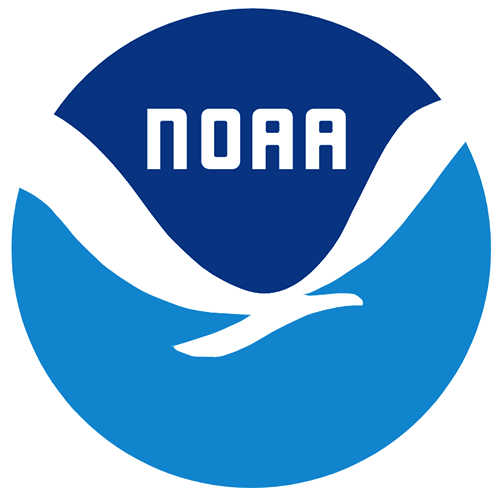2009 Alliance for Sustainable Energy Topographic Lidar: Boston & Cambridge (MA)
Welcome Guest ( Sign In )
NOAA
 The Alliance for Sustainable Energy, LLC contracted with Sanborn to provide LiDAR mapping services for the Boston area.
Utilizing multi-return systems, Light Detection and Ranging (LiDAR) data in the form of 3-dimensional positions of a dense
set of mass points was collected for approximately 90 square miles. All systems consist of geodetic GPS positioning,
orientation derived from high-end inertial sensors and high-accurate lasers. The sensor is attached to the aircraft's underside and emits rapid pulses of light that are used to determine distances between the plane and terrain below.
Specifically, the Leica ALS-50 LiDAR system was used to collect data for the survey campaign. The LiDAR system is calibrated by
conducting flight passes over a known ground surface before and after each LiDAR mission. During final data processing, the
calibration parameters are inserted into post-processing software.
Lidar Acquisition Parameters:
Instrument: Leica ALS50
Flight Altitude: near 1500m AGL
Airspeed: near 120 Knots
Scan Frequency: 46 Hertz
Pulse Rate: 74,400 Hertz
Scan Width Half Angle: 25 Degrees
Sidelap: 30 percent
This Lidar survey achieved a point spacing of 1.0 meter.
This data set is an LAZ (compressed LAS) format file containing LIDAR point cloud data.
The Alliance for Sustainable Energy, LLC contracted with Sanborn to provide LiDAR mapping services for the Boston area.
Utilizing multi-return systems, Light Detection and Ranging (LiDAR) data in the form of 3-dimensional positions of a dense
set of mass points was collected for approximately 90 square miles. All systems consist of geodetic GPS positioning,
orientation derived from high-end inertial sensors and high-accurate lasers. The sensor is attached to the aircraft's underside and emits rapid pulses of light that are used to determine distances between the plane and terrain below.
Specifically, the Leica ALS-50 LiDAR system was used to collect data for the survey campaign. The LiDAR system is calibrated by
conducting flight passes over a known ground surface before and after each LiDAR mission. During final data processing, the
calibration parameters are inserted into post-processing software.
Lidar Acquisition Parameters:
Instrument: Leica ALS50
Flight Altitude: near 1500m AGL
Airspeed: near 120 Knots
Scan Frequency: 46 Hertz
Pulse Rate: 74,400 Hertz
Scan Width Half Angle: 25 Degrees
Sidelap: 30 percent
This Lidar survey achieved a point spacing of 1.0 meter.
This data set is an LAZ (compressed LAS) format file containing LIDAR point cloud data.
